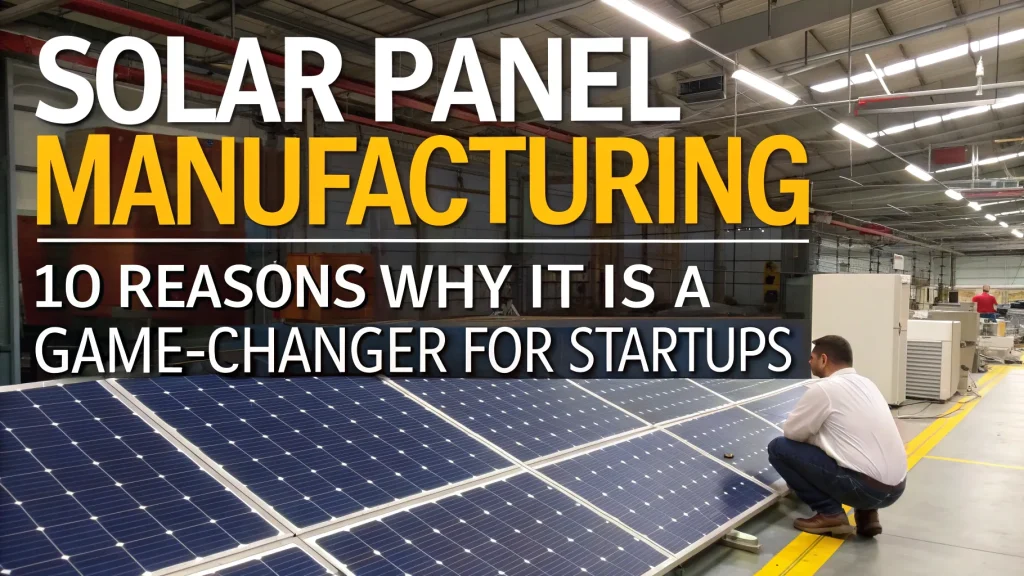Cement manufacturing is the process of producing cement, a key construction material used to bind building components together. It involves mixing raw materials like limestone, clay, and other minerals, then heating them at high temperatures in a kiln to form clinker. The clinker is then ground into a fine powder and blended with additives to produce cement. This process requires precise control and quality management to ensure the final product meets strength and durability standards used in construction projects worldwide.
Our Books
The Complete Book on Construction Materials
The Complete Book on Ferrous, Non-Ferrous Metals
Production of cement is usually carried out along energy-intensive processes in most factories. The manufacture of clinker requires enormous quantities of heat and fossil fuels. This also makes cement manufacturing one of the biggest contributors to carbon emissions. But the industry is now working to lessen its carbon footprint. Many building materials suppliers are choosing better methods to produce and supply cement.
More and more, factories are looking for energy-efficient machines. Added to these are systems that reduce energy consumption and lower the release of harmful gases. As a result, building materials suppliers can offer products with lower environmental impacts.
The Environmental Impact of Cement Production:
Pulp and paper mills rank among the greatest producers of carbon dioxide (CO2) in the world. Cement manufacturing accounts for about 8% of world CO2 emissions. Fig. 1 clearly visualises the need for an immediate change in the industry. The burning of fossil fuels, and the vast amounts of energy required in the process, cause environmental damage and contribute to climate change.
In response, factories are coming up with ways to reduce emissions. Building materials suppliers focus on offering products that use less energy during production. Alternative fuels, bio fuels, and renewable energy sources are being used by some of them. These new approaches are important in terms of reducing environmental harm.
Also, factories act as carbon capture facilities. It traps the CO2 before it gets into the air. Also, captured carbon can be reused in other industrial applications, minimising waste. Building materials suppliers play a key role in distributing these advanced solutions to builders worldwide.
Our Project Reports
- Iodine Granules from Iodine Powder Manufacturing: A Profitable Business Opportunity for Startups
- Start a Business of Particle Board From Rice Husk
- A Business Plan for Wood Plastic Composite (WPC)
Sustainable Building Practices and Cement’s Role
Sustainable building is about measurable reductions in environmental harm by using building materials. It also strives to construct buildings that take longer and take in less energy. Achieving these goals utilises a large amount of cement.
Many building materials suppliers now provide cement that is Eco-friendly. Some methods they use include:
- Blended Cement: Cement is mixed in factories with other materials such as fly ash, slag, and limestone. These are by-products of materials from other industries. With a lower waste production, fewer raw materials, and fewer emissions.
- Energy-Efficient Production: Some factories now employ cutting-edge energy-saving technologies. For instance, the heat from the production process is, for example, used to power other parts of the plant. It saves energy dramatically.
- Carbon Capture Technology: Some factories also trap CO2 emissions and use them in other processes. This also reduces the harmful gases released into the air and cuts down the pollution as a whole.
- Waste-to-Energy Systems: A few manufacturers burn such materials as tires, plastics, or biomass to create energy. It lessens the use of fossil fuels.
Also Read
- Is HPL Board Manufacturing Profitable?
- How to Setup Industrial Township
- Manufacturing Business of Polyacrylamide Ether (PCE)
These methods assist to support green construction practices in cement manufacturing. Building materials suppliers ensure these sustainable products reach material supply chains efficiently.
Role of Building Materials Suppliers in Sustainability
Building materials suppliers are key players in making construction more sustainable. These materials provide them with cement and other materials that are energy efficient, Eco-friendly, and durable. They work closely with manufacturers to ensure quality products get to builders, developers, and contractors.
But suppliers focus now on reducing the waste in transport and delivery. Efficient logistics systems will help minimise the use of fuel and fuel emissions. Timely commitments are made for material supply to construction sites, thereby reducing environmental harm.
An example would be a leading material supplier from India who supplies blended cement consisting of industrial byproducts. By employing these sustainable alternatives, emissions are reduced while encouraging greener construction practices. Builders can choose the best materials for their projects based on the advice of the suppliers that also offer consultations.
Why Sustainable Cement is Important for India:
Infrastructure and urbanisation in India are increasing rapidly. As a booming population, the requirement for construction materials continues to grow. Meeting this demand with sustainable cement is a major way to reduce environmental damage.
Building materials suppliers in India now offer cement that is both Eco-friendly and durable. These materials support:
- Buildings that use less energy and are more energy efficient.
- Keeping cities cleaner by creating less pollution during construction.
- Long live structures for urban areas and projects for affordable housing.
In addition, the Indian government has also tried to promote sustainable construction. Smart Cities and Green Buildings initiatives ask for the usage of green cement and energy-saving construction materials. Many government programs support builders that choose Eco-friendly materials. Building materials suppliers play an active role in supporting these initiatives. They supply reliable material and help builders meet sustainability goals.
Also Read
- Construction Material Business Ideas
- Guide for Success in Construction Material Business
- Building Materials for Construction
How to Choose the Right Building Materials Suppliers?
Choosing the right building materials suppliers is important for any construction project. You€™re assured that you receive top-quality, Eco-friendly products delivered on time. Here are a few tips to select the best supplier:
- Quality Products: For this reason, you have to ensure the supplier has cement and materials that meet industry standards.
- Sustainable Practices: Choose those suppliers who put Eco-friendly manufacturing methods as their first priority.
- Reliable Material Supply: Seek suppliers that are up to your deadlines, or else you will be held up with the project€™s delays.
- Affordability: Managing our budgets efficiently is all about finding cost-effective solutions.
- Strong Reputation: Check feedback and reviews from other participants who are contractors and builders.
Working with trusted building materials suppliers ensures a smooth construction process. It also lessens the amount of waste and helps meet sustainability goals.
The Future of Sustainable Cement Manufacturing:
Research and innovation are promising the exciting future of cement manufacturing. But with more advanced methods, researchers are making cement production even greener. Some key innovations include:
- Green Cement: Cement that can suck up CO2 during production is being developed by scientists. But this breakthrough could transform the industry and slash emissions all at once.
- Alternative Materials: The traditional materials that factories have always used are being replaced by bamboo, recycled plastic, and agricultural byproducts. These alternatives are sustainable, and they don’t waste.
- Renewable Energy: Solar, wind, and ???? energy are powering more factories. It leads people away from fossil fuel dependence and toward cleaner energy.
- Self-Healing Cement: Researchers are investigating self-repairing cement. It could help build life and maintenance costs
Building materials suppliers will play a major role in making these innovations accessible. They provide sustainable solutions that help builders to reduce their environmental impacts and at the same time cover growing demands.
Conclusion
The manufacturing of cement is changing to service the sustainable construction required. It is imperative that India keeps growing as it builds its infrastructure. Building materials suppliers are leading this transformation by offering Eco-friendly and energy-efficient products.
Sustainable cement allows builders to produce strong, sturdy structures without doing so much harm to the environment. The global cement industry may be on its way towards greener construction.







